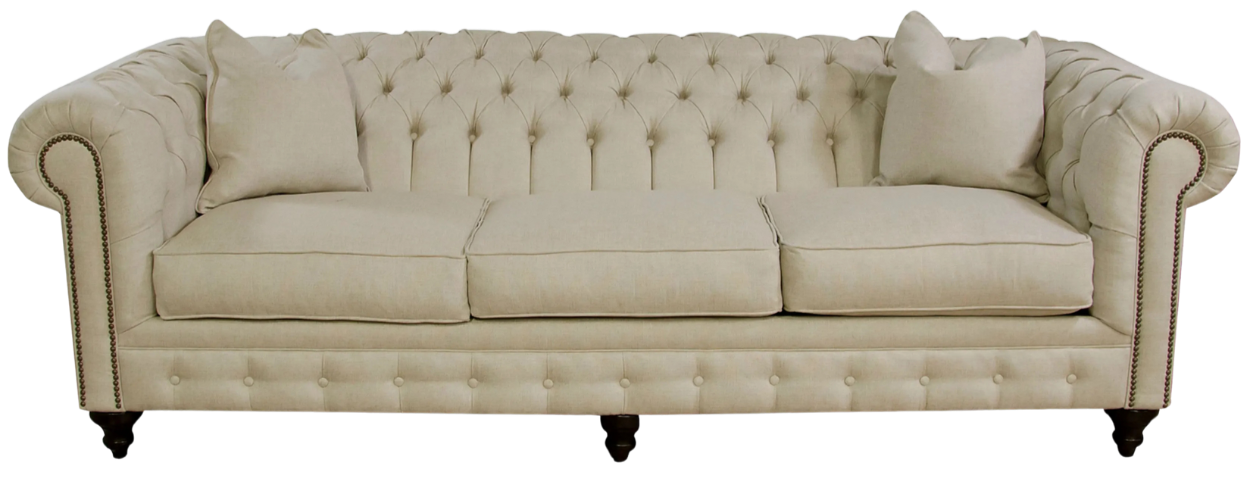Your Cart is Empty
RUGS
FURNITURE
How Long Does It Take To Weave A Rug?

The process of hand knotting rugs goes back a few thousand years. The oldest rug in the world is the “Pazyryk” carpet, which dates to the 5th century BCE.

The ancient art form and master craft of hand knotting rugs continues today. It starts with a design drawn on graph paper, called a "cartoon". Then the weavers take the design and begin the process of making the rug, one knot at a time.

 Each color of yarn is chosen according to the graphed design and then tied (knotted) onto the 'warp'.
Each color of yarn is chosen according to the graphed design and then tied (knotted) onto the 'warp'.

Depending on the type of knots made, the size of the wool strands, and how tightly the knots are tied and pounded down, this will determine the density and level of quality of a rug. For fine "oriental" rugs a high knot count (kpsi) indicates a superior quality rug. However. it is worth repeating that several different factors go into determining the quality of a rug, not just knot count.

Quality of wool, design, and place of origin are just a few of the additional things to consider. The back of the rug reveals much about its quality.

So, how long does it take to make a rug? This chart will break it down for you.

It's not hard to see why a hand knotted rug costs more than a machine made or hand tufted rug, isn't it? The weaving labor alone is quite impressive. Then take into account the skills of the wool dyer and the rug designer, even the wool itself, especially if it is from the underbelly of the sheep (the finest quality wool). All told, when you purchase a hand knotted rug you are buying a work of handmade art - many times a unique one-of-a-kind piece of art. Worth every penny!
